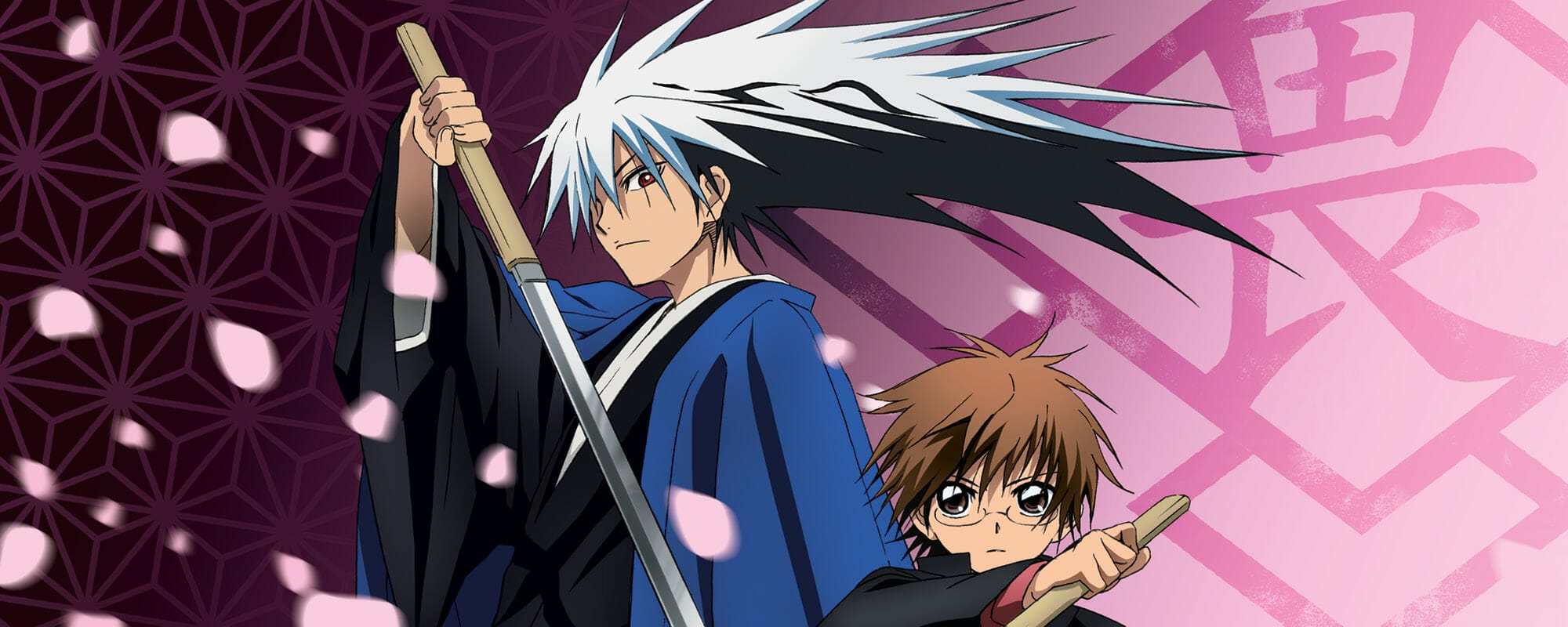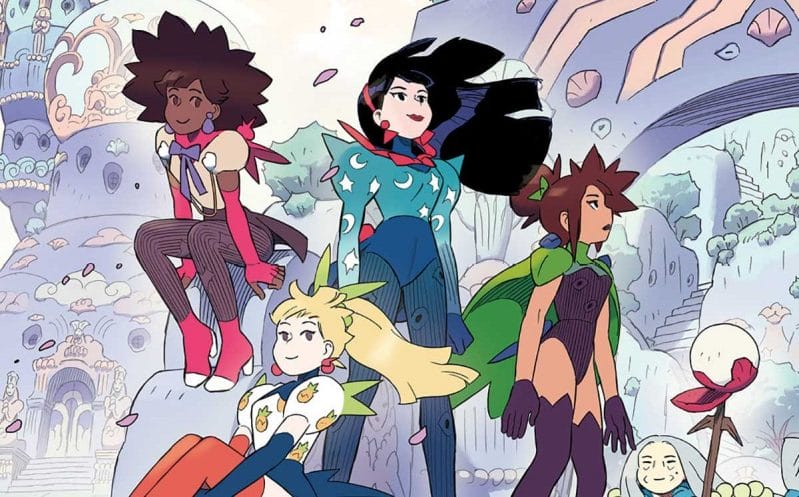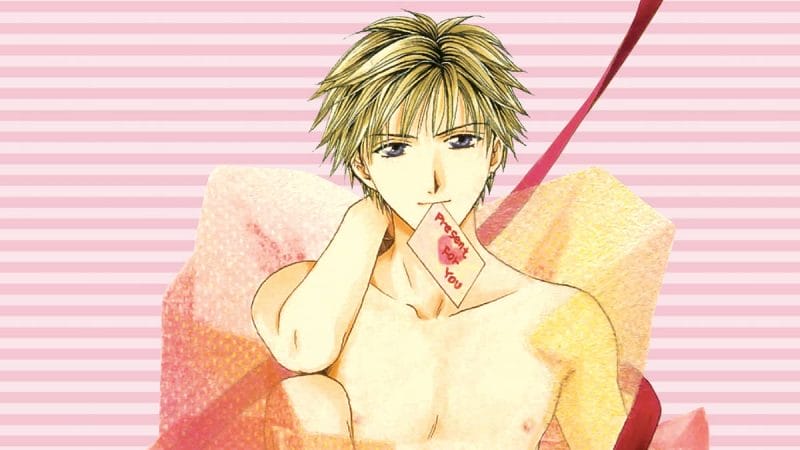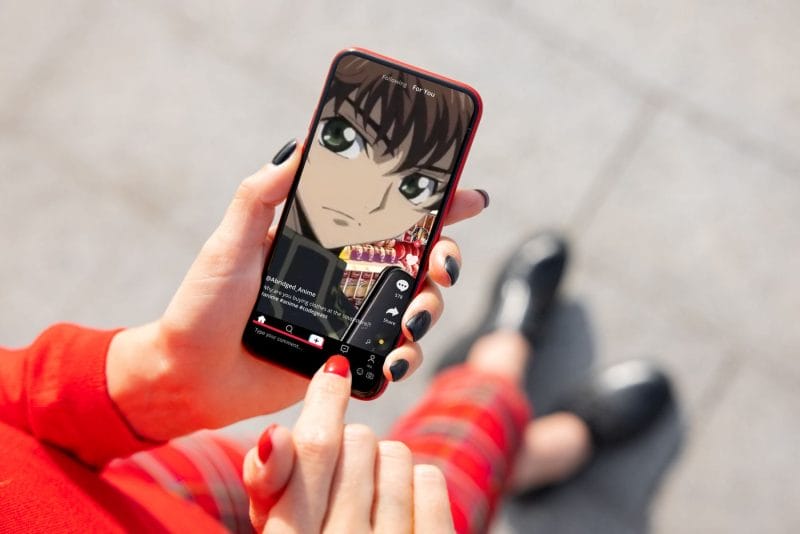Between 2008 and 2012, Weekly Shonen Jump serialized manga series Nura: Rise of the Yokai Clan (Nurarihyon no Mago). The title, which was authored by Hiroshi Shiibashi, follows the story of the young Rikuo Nura, the descendant of a long line of yōkai. He currently serves as the head of the grand Nura Clan: a prominent yōkai family composed of numerous demons, ghosts, and other legendary beings that would be recognizable to people familiar with Japanese folklore. Despite his status, though, Rikuo does not wish to inherit the role of the leader of the great yōkai procession. Unlike the greats that founded his family, he’s a quarter-yōkai, a fact that greatly upsets him.
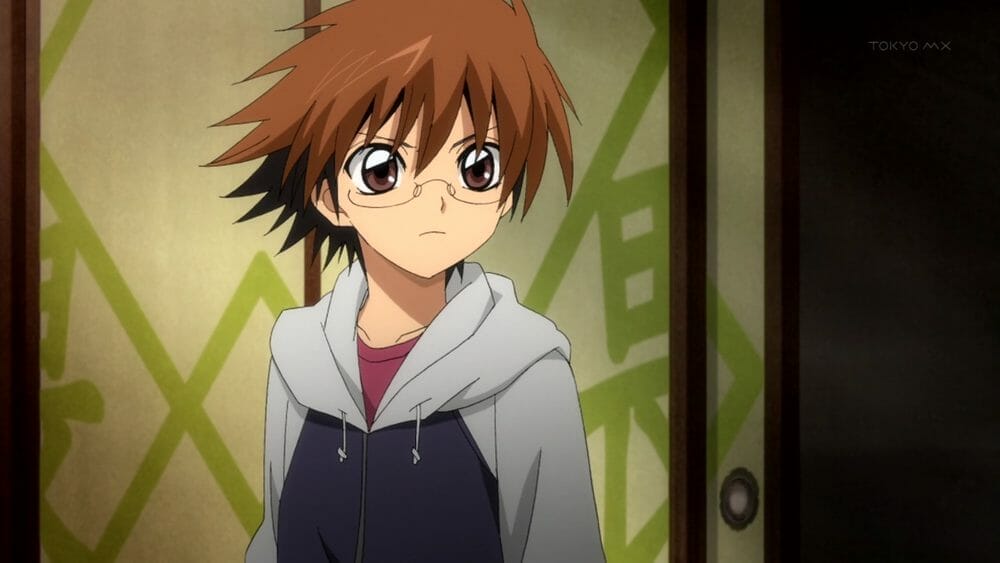
The first episode of the anime’s second season demonstrates how Rikuo developed his reluctance to accept his status as a quarter-yōkai. During his childhood, the boy initially had no problem acknowledging his family history, as he saw his monstrous heritage as simply a fact of life. One day, though, Rikuo objected to a story told by one of his teachers in school about an onmyoji’s heroic deed against a child-devouring monster. He tried to explain that yōkai do not exhibit the malevolent traits commonly assigned to them (citing his family as evidence), but his fellow classmates retort that yōkai do not exist, doubting his sincerity about his family. Upset by this, Rikuo returns to his clan’s estate to discover that one of the monsters present, Lord Gagoze, does indeed abduct children, thus confirming the more evil nature of yōkai present in classic folklore narratives. With this revelation, Rikuo comes to realize that his yōkai associates can display rather malicious behavior against humans, which prompts him to deny his family tree to avoid being ostracized by his schoolmates.
This premise reveals the delicate nature of social interactions between yōkai and humans. Rikuo’s vehement denial of his heritage stems from his fear of social exclusion due to his yōkai blood, and he does not wish to follow in the footsteps of those who advocate for evil deeds. At the same time, though, his yōkai allies and retainers remain staunchly dedicated to him, willing to put themselves in harm’s way to defend their prospective leader. They see him as the legitimate heir to the position, as he is a direct descendant of Nurarihyon, and do not discriminate against him for his human DNA.
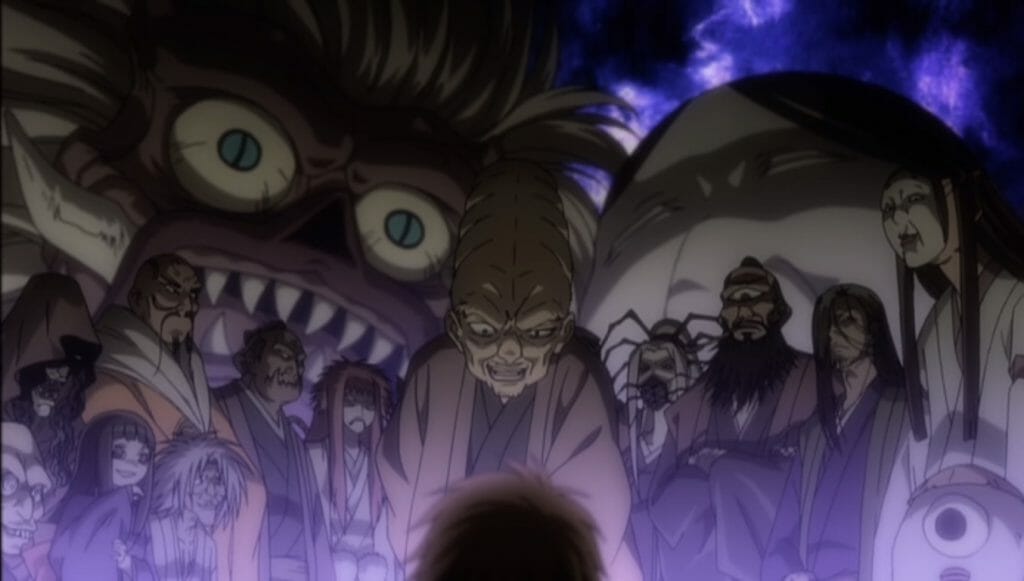
On that note, numerous examples of yōkai are present throughout the show, each representing a specific being from folklore. The elderly Nurarihyon, former leader of the clan, closely resembles the classical forebear of the same name. One of the more unique yōkai in the series is Kubinashi, based upon the nukekubi: a being with a floating head that is not attached to the rest of their body. Traditional depictions of the nukekubi show them as related to the long-necked rokurokubi, albeit with a more violent disposition and a desire for human blood. Kubinashi was originally a human bandit, but he was murdered and transformed into a yōkai. Because of this, he sought vengeance by killing other yōkai he encountered until Rikuo’s father, Rihan, recruited him into the Nura clan.
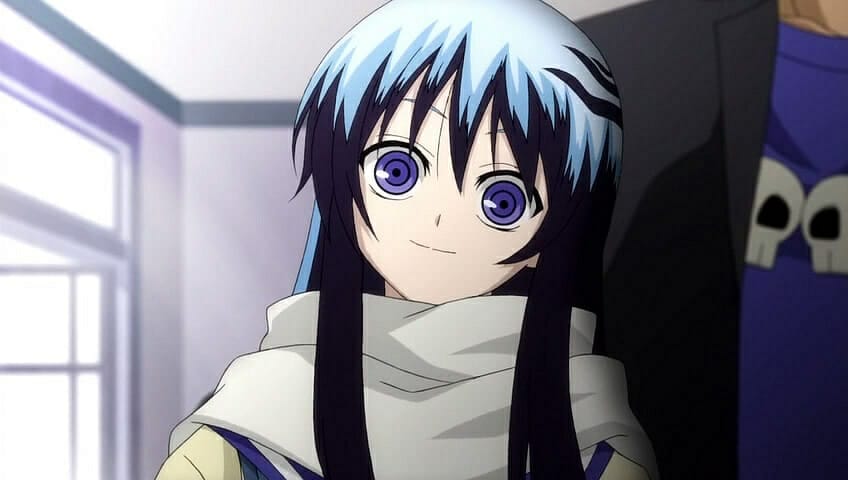
Another member of the clan, Tsurara Oikawa, is a yuki-onna (the same type that inspired the Neptunian princess Oyuki in Urusei Yatsura). She possesses ice powers befitting of her status as a “snow woman”. Various minor characters also exist, each similarly based on folklore. For example, one is an oboro-guruma (a spectral ox cart bearing a human face), while the crow goblin advisor Karasu Tengu draws from the classic crow-like yōkai of the same name. Even the concept of the yōkai procession stems from historical sources, as it refers to a large parade of demons (known as Hyakki Yagyō) led by the powerful Nurarihyon. References to the procession in folklore can be found in such work as the 9th-century Konjaku Monogatarishū, in which the son of a minister encounters the demon group while traveling to his lover’s residence.
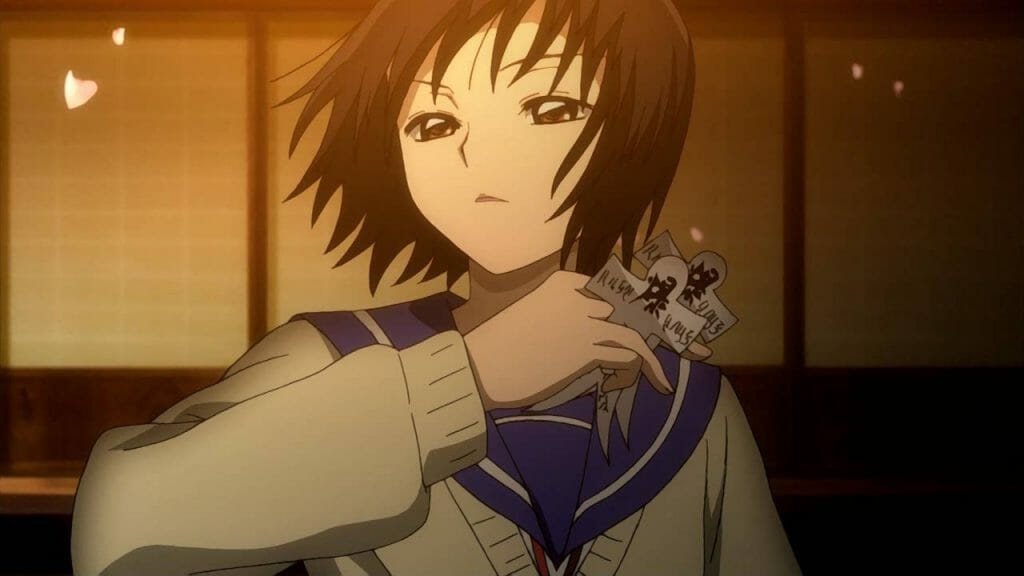
The series’ cast of human characters includes the onmyōji Yura Keikain of the Keikain family. Her teacher, Akifusa, taught her to consider all yōkai as unilaterally evil, and her brother Ryūji exhibits the same disregard for demons. Their philosophy serves to demonstrate the obstacles Rikuo and the Nura clan must overcome in establishing themselves as reliable within the eyes of humans. Onmyōji regard them as a great evil to be eradicated, and many people generally do not trust yōkai as being capable of exercising compassion towards others. This lingering fear and distrust further motivates humans to perceive of demons as inherently wicked and immoral, beings to be exterminated or banished from society at large rather than understood.
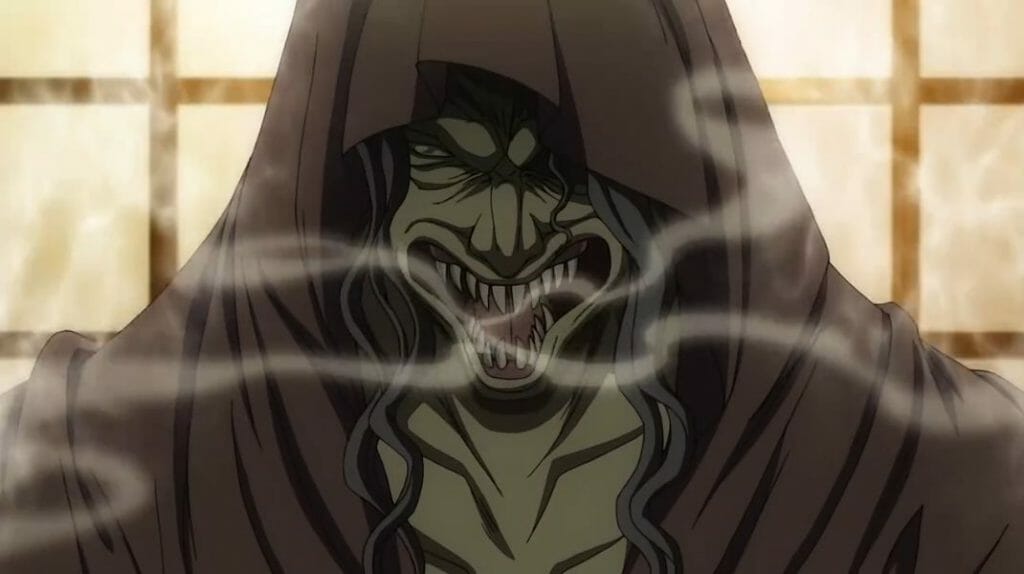
Lord Gagoze, meanwhile, shows that yōkai occasionally have quite dangerous behaviors, but most yōkai simply wish to live peacefully with their human colleagues with no desire to cause havoc in society. Rikuo’s desire to protect Yura from her brother, despite the fact that doing so places him in grave danger, illustrates his motivation to help others, no matter the situation. Ryūji, by contrast, is focused entirely on eliminating yōkai, perceiving them as a major threat to social cohesion. Both societies have their own intricacies, where members exhibit malevolent or altruistic behavior. Defining either as innately evil does a major disservice to them, as Rikuo learns this during his adventures.
Eventually, this comes to a head as Rikuo inevitably accepts his position as the heir to the great yōkai procession. This complex depiction of yōkai applies to the entirety of the Nura clan. None are ever presented as truly evil, or that nasty at all. Although Nurarihyon emphasizes pandemonium and evil as key attributes of the Supreme Commander, he and the Nura yōkai typically display more mischievous traits. Nurarihyon, himself, enjoys more inconvenient activities such as dining and dashing, but they also treated other clans as equals.
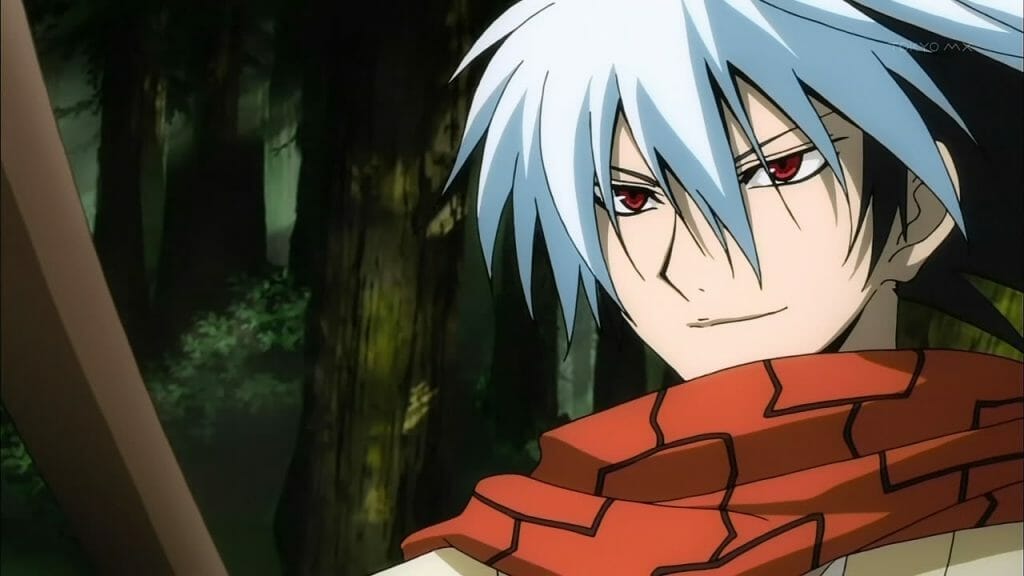
Such a complicated situation, where both humans and yōkai exhibit both positive and negative moral traits, means that Rikuo must navigate treacherous social interactions. Both societies have their own malevolent members, and knowing how to handle difficult moments defines a good commander. In this light, the Nura clan are fairly responsible when it comes to interacting with humans. They follow Rikuo’s commandments to remain in the shadows or disguise themselves, to avoid disrupting human society (as humans generally do not usually encounter yōkai on a daily basis). Such conviction in their future leader’s abilities shows how the Nura yōkai look after their own. They never abandon other members, and their recognition of Rikuo as the legitimate heir means they see him as a yōkai.
The onmyōji, meanwhile, reflect the classical Japanese esoteric cosmology known as onmyōdo, developed over centuries beginning in the 6th century C.E.; practitioners of the cosmology in fiction were typically depicted as heroic (particularly the famous figure Abe no Seimei, active during the Heian era), but here they exist primarily as antagonists against the yōkai. This presents a more complex story, where the human characters may display the sort of malevolent behavior that they accuse yōkai of possessing. Although they are not entirely decent in their personalities (some members emphasize their more wicked nature), yōkai generally do not wish to antagonize humans, and instead defer to Nura’s leadership.


